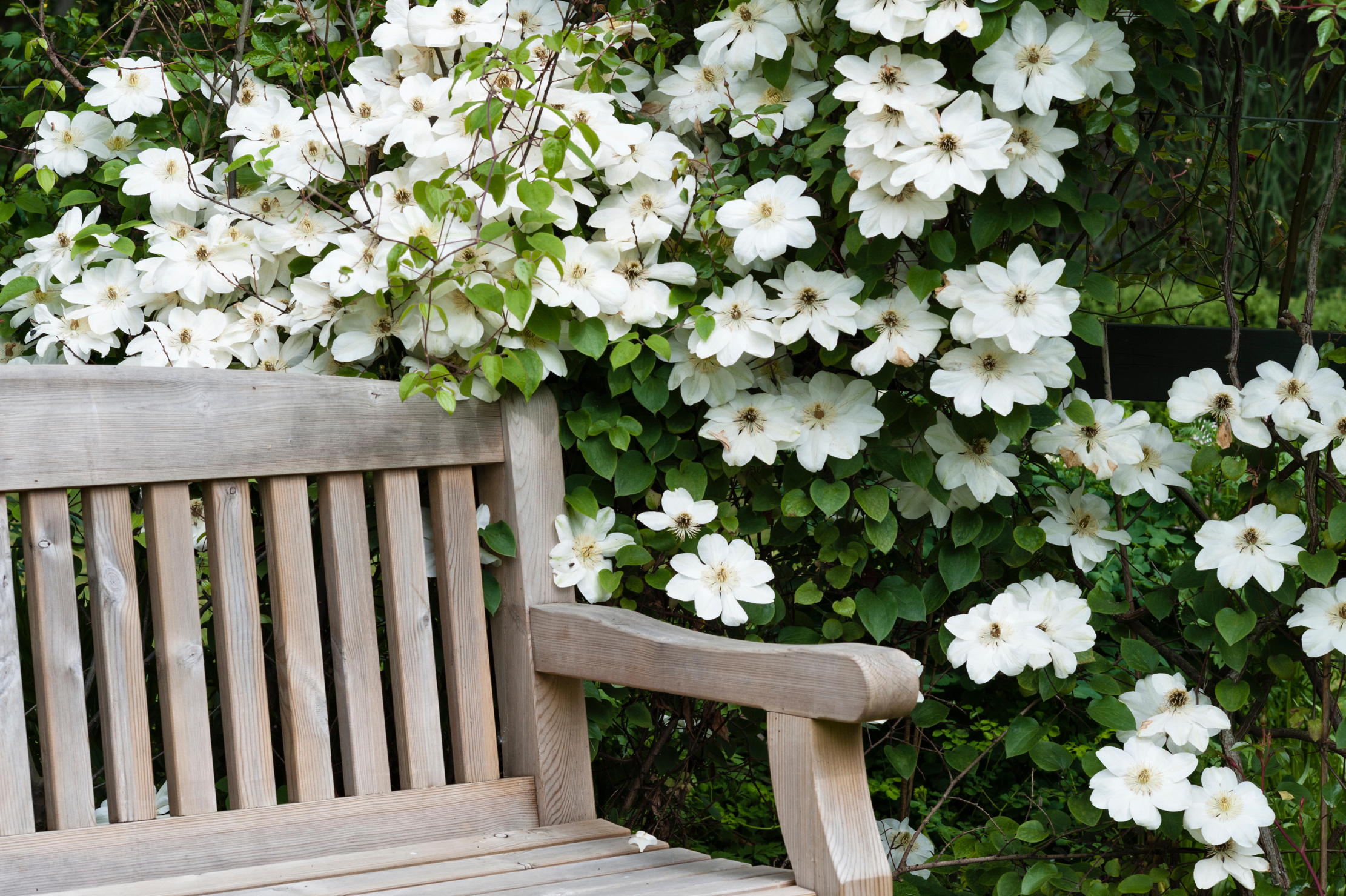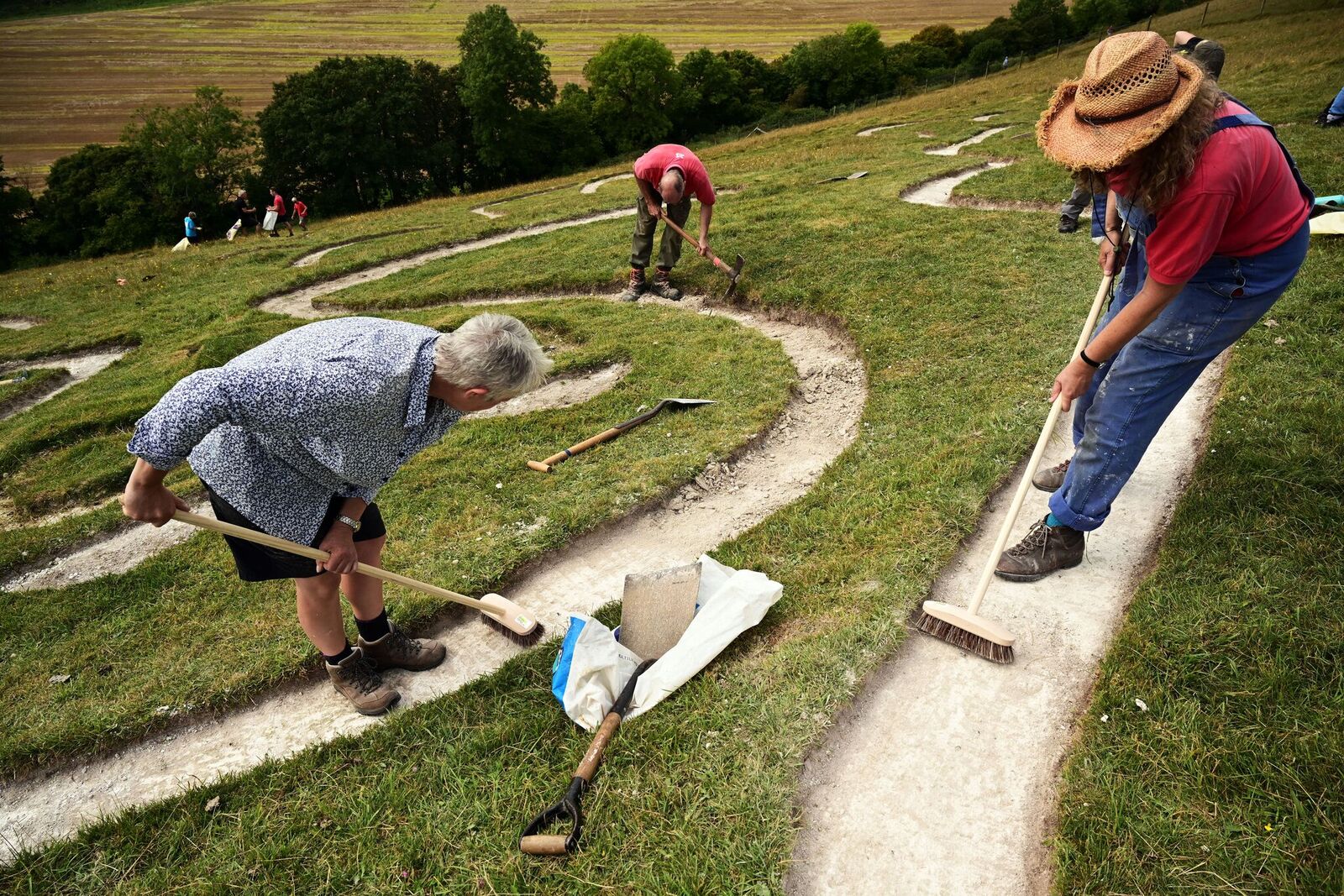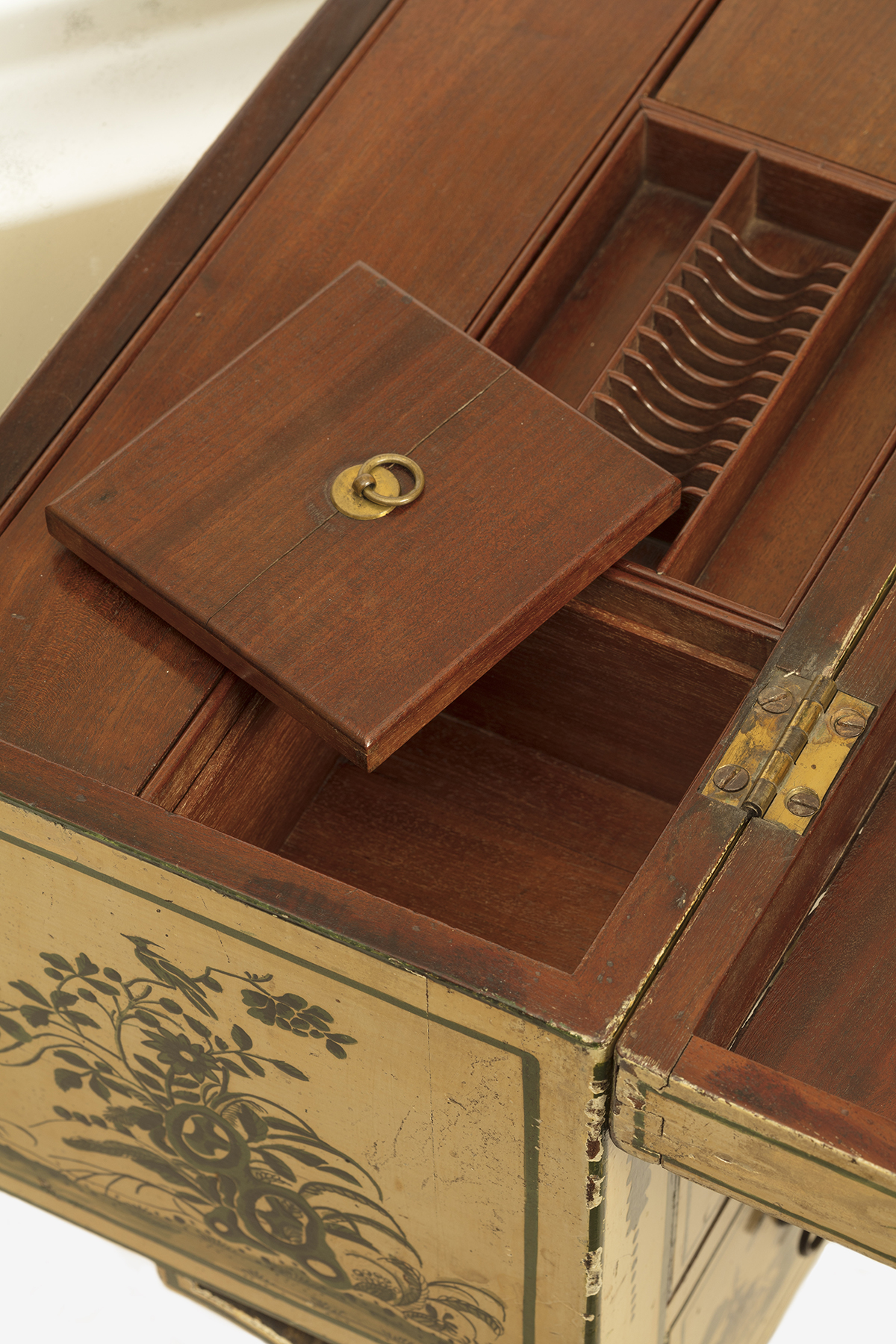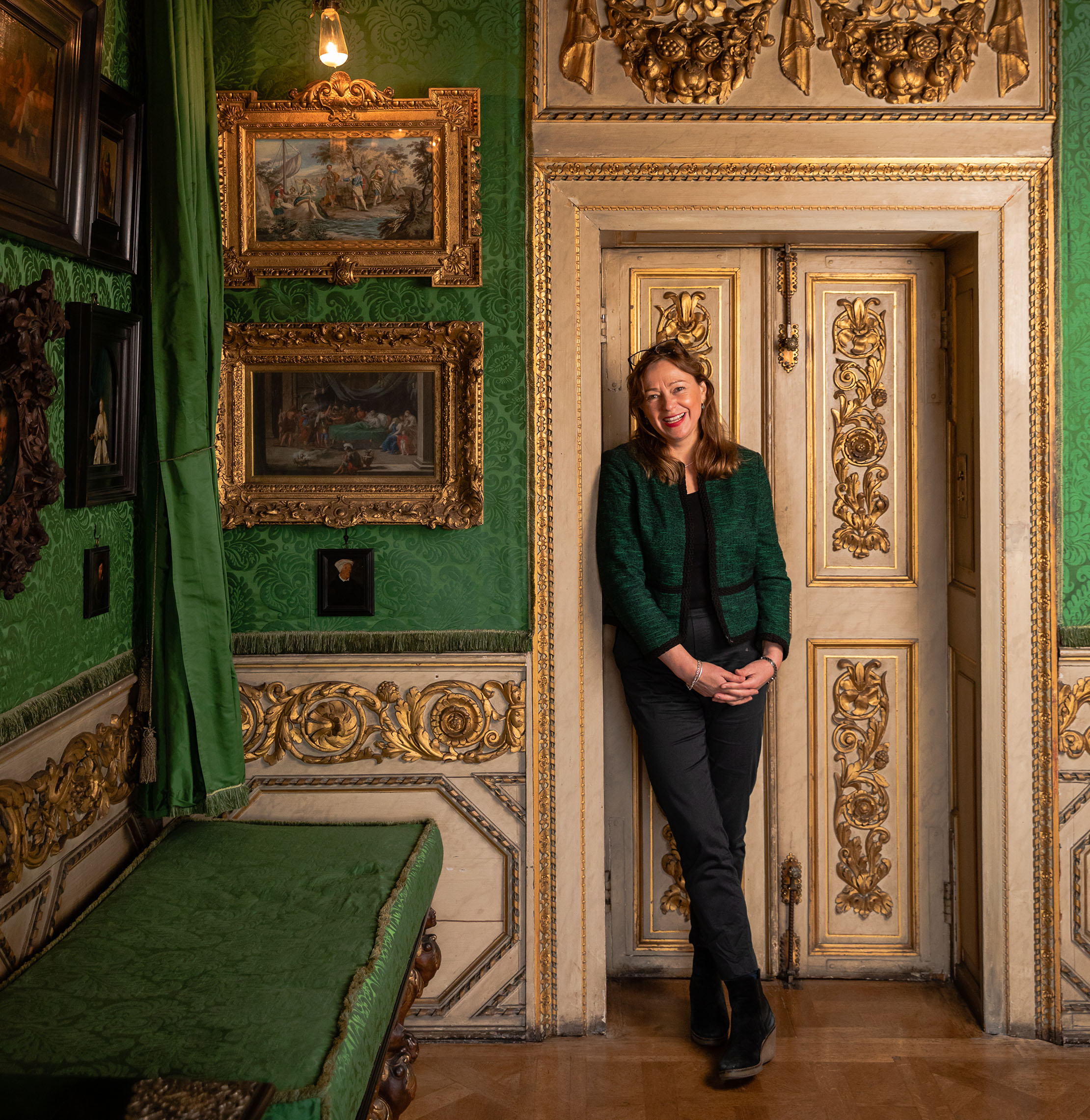A 15th-century altar cloth that survives in almost miraculous condition, one of the National Trust's greatest treaures
Our series looking at the National Trust's finest treasures looks at a pre-Reformation altar front from Cotehele which has survived to the present day.


The National Trust’s collections are not only vast, but contain objects of astonishing beauty, quality and human interest. To coincide with the Trust’s 125 anniversary, we asked nine senior curators — including national experts in painting and sculpture, textiles, furniture and decorative arts — to choose their favourite object from among those in their care.
Altar frontal of silk, velvet and linen, about 1493–1520, at Cotehele, Cornwall
Chosen by Emma Slocombe, textile curator
I have always been captivated by this intricately embroidered altar frontal. It is a rare survival of the type of devotional textiles that were once common in wealthy 16th-century English households. Stitched in silver, gold and silk threads, Christ and his 12 Apostles stand beneath architectural canopies against a crimson velvet background scattered with gold fleur de lys.
Remarkably, it has been in the collection of the Edgecumbe family at Cotehele for more than 600 years and carries the arms of Sir Piers Edgcumbe (1472–1539) and his wife, Joan Durnford (d.1525). In the late Middle Ages, England was famous for its ecclesiastical embroidery, which was sought after by the royal courts and cathedrals of Europe. Few English examples survived the destruction after Henry VIII’s break with Rome.
www.nationaltrust.org.uk/cotehele
READ MORE: A week-by-week guide to what to see at the National Trust's properties in 2020

Sign up for the Country Life Newsletter
Exquisite houses, the beauty of Nature, and how to get the most from your life, straight to your inbox.
Country Life is unlike any other magazine: the only glossy weekly on the newsstand and the only magazine that has been guest-edited by HRH The King not once, but twice. It is a celebration of modern rural life and all its diverse joys and pleasures — that was first published in Queen Victoria's Diamond Jubilee year. Our eclectic mixture of witty and informative content — from the most up-to-date property news and commentary and a coveted glimpse inside some of the UK's best houses and gardens, to gardening, the arts and interior design, written by experts in their field — still cannot be found in print or online, anywhere else.
-
 The Business Class product that spawned a generation of knock-offs: What it’s like to fly in Qatar Airways’ Qsuite cabin
The Business Class product that spawned a generation of knock-offs: What it’s like to fly in Qatar Airways’ Qsuite cabinQatar Airways’ Qsuite cabin has been setting the standard for Business Class travel since it was introduced in 2017.
By Rosie Paterson
-
 Six of the best Clematis montanas that every garden needs
Six of the best Clematis montanas that every garden needsClematis montana is easy to grow and look after, and is considered by some to be 'the most graceful and floriferous of all'.
By Charles Quest-Ritson
-
 The best regional art galleries in Britain, from Cornwall to Orkney
The best regional art galleries in Britain, from Cornwall to OrkneyWherever you are in Britain, you’re never far from an interesting gallery. Here we present an eclectic round-up of 45 places to see art outside the big cities.
By Country Life
-
 Cerne Abbas: Was the giant naked man an artistic act of defiance aimed at monks?
Cerne Abbas: Was the giant naked man an artistic act of defiance aimed at monks?New evidence suggests that the Cerne Abbas giant is much older than previously thought — and that its creation might have been 'a big two fingers' aimed at the Benedictine monks who had recently established an abbey.
By Annunciata Elwes
-
 Nine of the most astonishing objects you can see at National Trust properties, from priceless paintings to a wooden leg to a simple tunic with a heartbreaking tale to tell
Nine of the most astonishing objects you can see at National Trust properties, from priceless paintings to a wooden leg to a simple tunic with a heartbreaking tale to tellWe're taking a look at nine of the greatest objects on display in the National Trust's properties across Britain.
By Country Life
-
 The Ickworth Velazquez that's one of the very greatest treasures of the National Trust
The Ickworth Velazquez that's one of the very greatest treasures of the National TrustIn the final part of our series looking at the National Trust's finest treasures, we look at one of the very finest paintings in the Trust's ownership.
By Country Life
-
 A Chippendale table that's 'the epitome of light-hearted Chinoiserie design', one of the National Trust's greatest treasures
A Chippendale table that's 'the epitome of light-hearted Chinoiserie design', one of the National Trust's greatest treasuresOur series looking at the National Trust's finest treasures takes aim at the Thomas Chippendale dressing table of Anglesey Abbey in Cambridgeshire.
By Country Life
-
 A pair of tureens that are a Rococo tour de force in silver, and among the finest treasures of the National Trust
A pair of tureens that are a Rococo tour de force in silver, and among the finest treasures of the National TrustWe're taking a look at nine of the greatest objects on display in the National Trust's properties across Britain — this time around we look at the incredibly intricate soup tureens of Ickworth.
By Country Life
-
 A great Italian masterpiece brought to life as a woodcut by an English genius, one of the National Trust's finest treasures
A great Italian masterpiece brought to life as a woodcut by an English genius, one of the National Trust's finest treasuresWe're taking a look at nine of the greatest objects on display in the National Trust's properties across Britain — today it's the astonishing carving at Dunham Massey.
By Country Life
-
 A man 'utterly consumed by the forces of love and passion', one of the National Trust's finest treasures
A man 'utterly consumed by the forces of love and passion', one of the National Trust's finest treasuresWe're taking a look at nine of the greatest objects on display in the National Trust's properties across Britain — this edition examines a painting that is small in size and large in meaning.
By Country Life